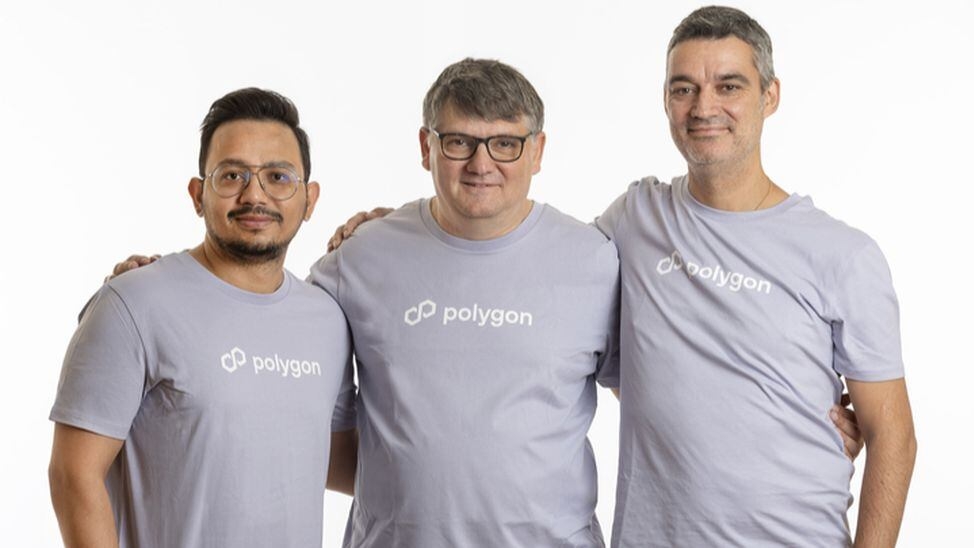Polygon Co-Founder Addresses Blockchain Network Congestion
In a world where digital technology is rapidly evolving, blockchain networks have been grappling with a unique challenge: inscription spam. Branden Farmer, the co-founder of Polygon, has shed light on the issue and has proposed potential solutions.
Blockchain Congestion: The Inscription Spam Crisis
The crisis emerged with the proliferation of inscriptions, a form of digital collectible minted by embedding data into the calldata or witness fields of blockchain transactions. Originating with Bitcoin after its Taproot upgrade, the trend quickly propagated to other networks, including Ethereum sidechains and layer-2 solutions like Arbitrum, Avalanche, and Polygon. The result? High fees and instability due to the increased volume of these transactions.
Parallelized Ethereum Virtual Machines: A Possible Solution
Farmer suggests a solution lies in the utilization of parallelized Ethereum Virtual Machines (EVMs) to process unrelated transactions simultaneously rather than sequentially. This approach, still under development on networks such as Polygon PoS, could potentially localize gas fees to specific transaction types, increase overall throughput, and better manage spam.
The Future of Blockchain: Exploring Parallelization
Parallelization, a concept initially proposed by Solana developers, is being pored over by multiple blockchains to improve performance. It’s also part of the upcoming advancements in the Ethereum ecosystem, such as Polygon 2.0. The implementation of ‘Block-STM,’ which Farmer mentions, has already shown a 1.6x improvement in performance on Polygon, and aims to double that progress.
In an era of digital transformation, innovative solutions like these are essential to ensure the smooth functioning of blockchain networks. As Farmer and others continue to explore and implement parallelization, there is a promise of a more efficient and spam-free future for blockchain technology.
This news is republished from another source. You can check the original article here

